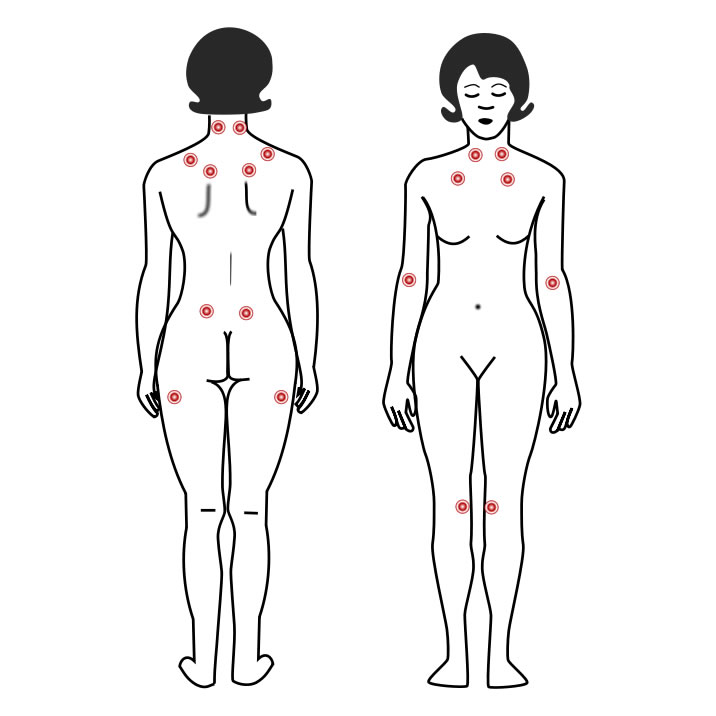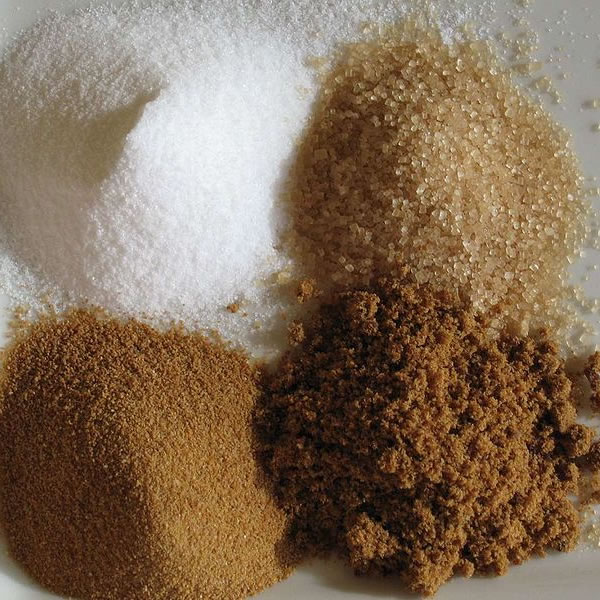By Ben Fuchs | Pharmacist Ben
 Magnesium is the fourth most abundant mineral in the human body. This miracle mineral plays an integral role in over 300 different chemical reactions in the body.
Magnesium is the fourth most abundant mineral in the human body. This miracle mineral plays an integral role in over 300 different chemical reactions in the body.
Yet according to government statistics published in 2005, 68% of Americans do not consume even RDA (Recommended Daily Allowance) levels and 19% of Americans don’t get even half of the government’s recommended daily intake of magnesium.
Cardiovascular health and blood sugar health is dependent on this important mineral.
Taking 1 or 2 grams at bedtime can be very relaxing and higher doses (10 grams or so) can function as a laxative.
Magnesium is found in chlorophyll-containing foods. Halibut and almonds are also good food sources. Some of the better supplemental forms of magnesium are magnesium glycinate, magnesium aspartate. It’s a good idea to try to take at least 1500-2000 mg of magnesium a day.
Magnesium is a chemical element with the symbol Mg and atomic number 12. Its common oxidation number is +2. It is an alkaline earth metal and the eighth most abundant element in the Earth’s crust and ninth in the known universe as a whole. Magnesium is the fourth most common element in the Earth as a whole (behind iron, oxygen and silicon), making up 13% of the planet’s mass and a large fraction of the planet’s mantle. The relative abundance of magnesium is related to the fact that it easily builds up in supernova stars from a sequential addition of three helium nuclei to carbon (which in turn is made from three helium nuclei). Due to magnesium ion’s high solubility in water, it is the third most abundant element dissolved in seawater.
The free element (metal) is not found naturally on Earth, as it is highly reactive (though once produced, it is coated in a thin layer of oxide (see passivation), which partly masks this reactivity). The free metal burns with a characteristic brilliant white light, making it a useful ingredient in flares. The metal is now mainly obtained by electrolysis of magnesium salts obtained from brine. Commercially, the chief use for the metal is as an alloying agent to make aluminium-magnesium alloys, sometimes called magnalium or magnelium. Since magnesium is less dense than aluminium, these alloys are prized for their relative lightness and strength. [From Wikipedia]














